A dissertation by Suzette Lalime Davidson, 1994
above Louis Zephirin Masse, Malvena P. Masse, and Edith Starrett Masse about 1903
Full text of undergraduate thesis via the Franco American Women’s Institute
A dissertation by Suzette Lalime Davidson, 1994
above Louis Zephirin Masse, Malvena P. Masse, and Edith Starrett Masse about 1903
Full text of undergraduate thesis via the Franco American Women’s Institute
I researched seven technical tools for teachers to adapt and utilize when teaching adult learners history and literature. The goals of this Resource List is to provide instructors with options for an active environment in the classroom, whether it is traditional or online. These tools are mean to enhance the “community of inquiry” (Merriam, et al, 2020, p.33) and create within the classroom a dynamic atmosphere of sharing experience and engaged discussion, suited to students who will have a variety of learning styles, strengths, cultural backgrounds and interests. Each tool described below includes a link to the source, to an example. I provide a complete list with citations to academic reference material at the end.
Videos benefit students who have auditory and visual learning styles. 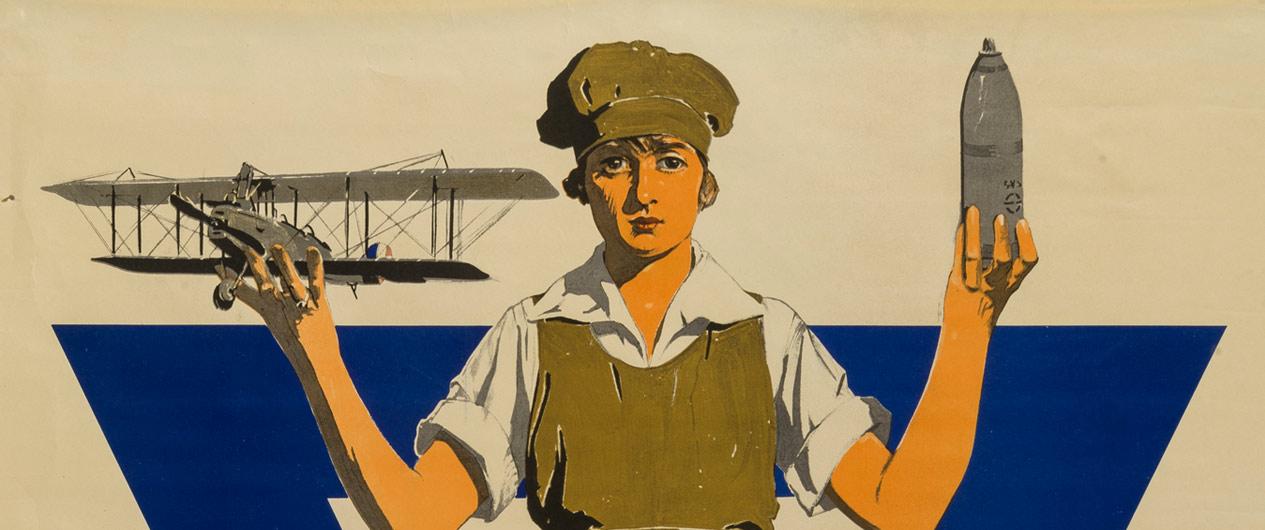

The student who uses a tablet will have the benefit of direct interact interaction — both visually and auditorily– with the material than they might with a book. This tool engages the student in several ways.
Students will learn to recognize the concepts of academic integrity and the understand which sources are appropriate or preferable to cite in academic writing: .org, .edu and .gov. They will find the value of navigating websites that offer peer-reviewed material. This process can encourage discussions of sources and integrate them with the process of selecting their topic for a project, engaging the students in inquiry: what era in history will they choose? What pieces of literature? Here’s an intensive look at this topic:
https://www.edutopia.org/article/how-get-benefits-interactive-notebooks-digital-formats
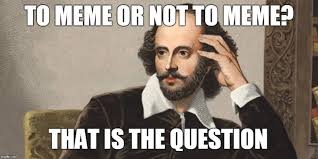
Memes and GIFs can be used to assist students who are working on a reflective writing project, or as a warm up or icebreaker in the class. At that point, a short group activity of students paired of can allow those familiar with these communication styles (Reyes, et al, 2018) to explain them to students who are new to this medium. GIFs and memes can be tools for students:
This article lays out several reasons to use GIFs and memes as classroom tools – to enhance communication and engagement with the students, among other benefits: Memes and GIFs as powerful classroom tools: https/facultyfocus.com/articles/teaching-with-technology-articles/memes-and-gifs-as-powerful-classroom-tools/
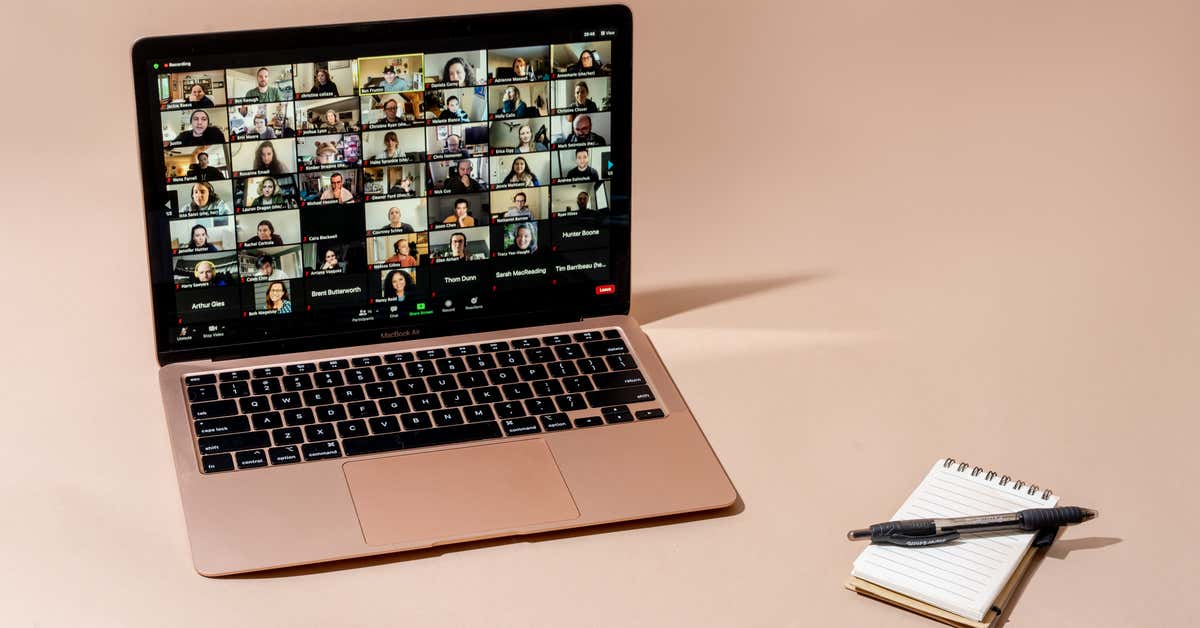
There are several benefits to video conferencing:
The instructor needs to monitor the discussion and make sure those who speak are heard and to be present and available for questions. Providing structure for the class, giving clear instructions about the deadlines and timelines for the work, respecting diverse cultures, races and economic classes of the students and making sure each participant is heard are all elements that the teacher will use to model academic integrity.
What Is Video Conferencing? https://youtu.be/N9JFvHKIbcM
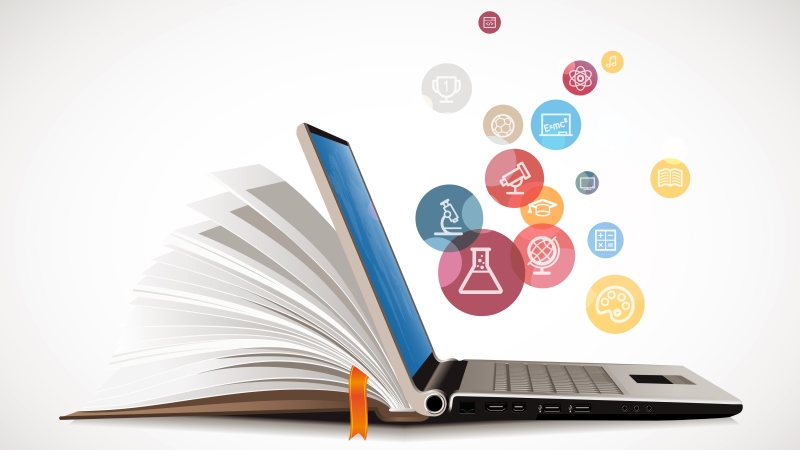
An active discussion with clear times for completing cited, significant responses and replies from instructors and classmates provide a vital part of the online classroom. The benefits to the students include:
Academic integrity is modeled to the students by the methods that the instructor shapes and facilitates the discussion and encourages them to participate. The students can use this as a practice ground for shaping larger writing projects, ask questions about citation and assignment formatting or ask technical or time management questions. There are many levels to learning with this tool.
https://www.higheredgeek.com/blog/the-value-of-student-engagement-in-digital-education

Social media has the potential to engage students in the way that memes, GIFs and the more structured academic discussion forums do.
However, academic integrity or simple civility can be lacking in discussion groups, and students will need to use their best judgement when using this tool. This may be a testing ground to help students transfer some of their same enthusiasm to online discussion groups for the class topics of history and literature. Social media will engage students and that is part of the teaching/learning process.
Using social media in the classroom: https://www.youtube.com/watch?v=ZX3udVdEFnA
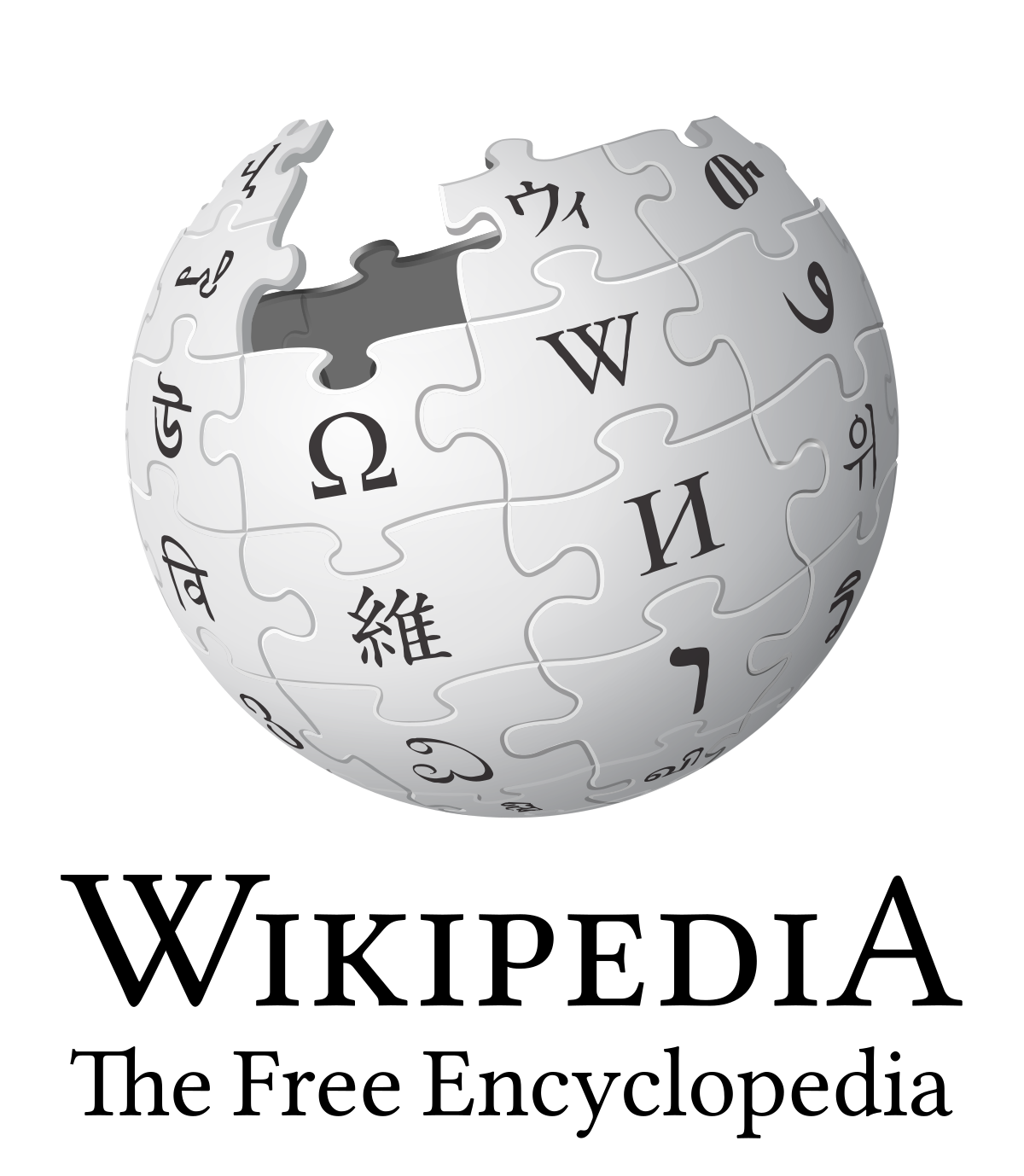
Students can learn a lot from creating an entry – or even researching the validity of Wikipedia articles.
This is another opportunity to model academic integrity: how has the person been depicted in the past? What were the sources used then? Is it important to portray people whose work has never become “famous?” Why? These lines of inquiry lead to the reason that we study history and literature.
I found this article on using this exercise to be insightful. I’ve edited Wikipedia in small groups and found it very engaging. I hope that other instructors might also find this tool to be helpful: Using Wikipedia for Learning: facultyfocus.com/articles/teaching-with-technology-articles/wikipedia-projects-for-learning
These seven technical tools for teachers can help them build a dynamic, active environment in their classroom. Adult learners who study history and literature will need reasons and goals for their work, as well an understanding of the context in which they are studying. Technical tools can help them see where we are on the continuum of studying both of these subjects or genres. The “community of inquiry” model cited by Merriam, et al (2020, p. 33) will help create an open environment for sharing and encouraging learners in a varied number of ways, and will support multiple learning styles.
Faculty Focus, McCann Systems. (2019, December 6). Technology in the classroom. Higher Ed Teaching Strategies from Magna Publications. Facultyfocus.com. https://www.facultyfocus.com/articles/teaching-with-technology-articles/improved-education-through-improved-technology/
Merriam, S. B., & Baumgartner, L. M. (2020). Learning in adulthood: A comprehensive guide. John Wiley & Sons.
Mitel. (2019, Jun 21). What is video conferencing? Video conferencing definition. Mitel. https://youtu.be/N9JFvHKIbcM
National WWI Museum and Memorial. (2020, August 5). How WWI Changed America: Women in WWI. YouTube.https://youtu.be/6UmERSpTtJc
Orlando, J. (2018, November 16). Wikipedia Projects for Learning. Faculty Focus, McCann Systems. Magna Publications. https://www.facultyfocus.com/articles/teaching-with-technology-articles/wikipedia-projects-for-learning/
Ramsdell, D. (2017, November 13). The value of student engagement in digital education. Informative, nerdy stuff, student affairs. Higher Ed Geek. https://www.higheredgeek.com/blog/the-value-of-student-engagement-in-digital-education
Reyes, M., Kaeppel, K, and Bjorngard-Basayne, E. (December 12, 2018). Memes and GIFS as powerful classroom tools. Faculty Focus. https://www.facultyfocus.com/articles/teaching-with-technology-articles/memes-and-gifs-as-powerful-classroom-tools/
Sherman, K. (2012, Jul 13). Network: Using social media in the classroom. Oxford University Press ELT. YouTube. https://youtu.be/ZX3udVdEFnA
Toro, S. (2021, April 27). How to get the benefits of interactive notebooks in digital formats. Edutopia Technology Integration. George Lucas Educational Foundation. https://www.edutopia.org/article/how-get-benefits-interactive-notebooks-digital-formats